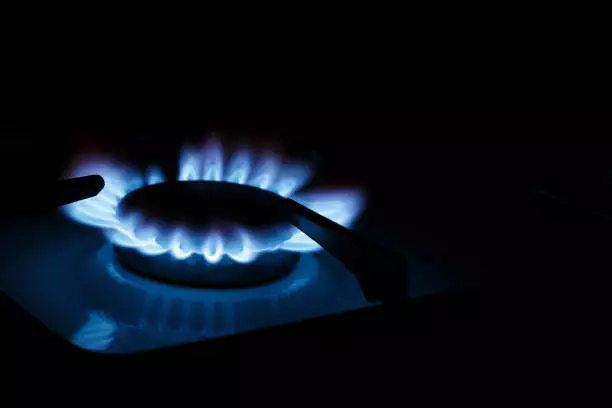The natural gas market has shown significant volatility in recent weeks, particularly in the XNG/USD trading pair. As of early September, prices have surged by approximately 30%, reaching a current level of around 2.95. This marks a critical rebound, with the last recorded price at this level dating back to late June. The momentum is largely attributed to several factors that indicate a strong bullish sentiment among traders and analysts alike.
One of the primary catalysts for this increase can be linked to weather forecasts predicting a warmer autumn in the United States. Such conditions typically elevate the need for natural gas as more households and businesses rely on air conditioning systems. Historically, periods of above-average temperatures correlate with spikes in natural gas consumption, which serves to amplify demand across various sectors.
In addition, the specter of Hurricane Helen, which is affecting the Gulf of Mexico, raises concerns in the market. The Gulf of Mexico is crucial for U.S. natural gas production, contributing about 5% of the country’s dry natural gas output. Furthermore, a significant portion—about 51%—of the U.S.’s natural gas processing capacity operates along the Gulf Coast. Such disruptions can lead to supply constraints, further fueling price increases.
From a technical perspective, an ascending channel has characterized the price movements of XNG/USD throughout September, indicating a healthy upward trajectory. The chart shows that after the 20th of the month, bullish momentum gained considerable strength. Noteworthy milestones during this period include the price’s breakthrough of a resistance level at 2.64, which provided a strong indication that buyers were outpacing sellers.
Furthermore, as prices ascended to the channel’s upper half, the median line began to exhibit support, showcasing the resilience of the uptrend. The Relative Strength Index (RSI) has reached overbought territory, signaling that buyers have been more aggressive than the sellers. Key to observe now is whether bullish forces can maintain their strength and push through the psychologically significant 3.00 price level.
As it stands, there are no apparent indicators of bearish trends attempting to undermine the current bullish momentum. If bulls succeed in overcoming the resistance at the 3.00 mark, this could lead to further upward movement, potentially targeting previous yearly highs in the 3.20 region. Market participants need to remain vigilant, as fluctuations in supply and demand dynamics can rapidly alter the current landscape.
The combination of external factors such as weather patterns, elevated demand from cooling needs, and concerns regarding hurricane impacts heavily influences the ongoing price action in the natural gas market. Investors and traders should continue monitoring these developments, as they hold the key to understanding future price movements and market behavior in this essential commodity.

